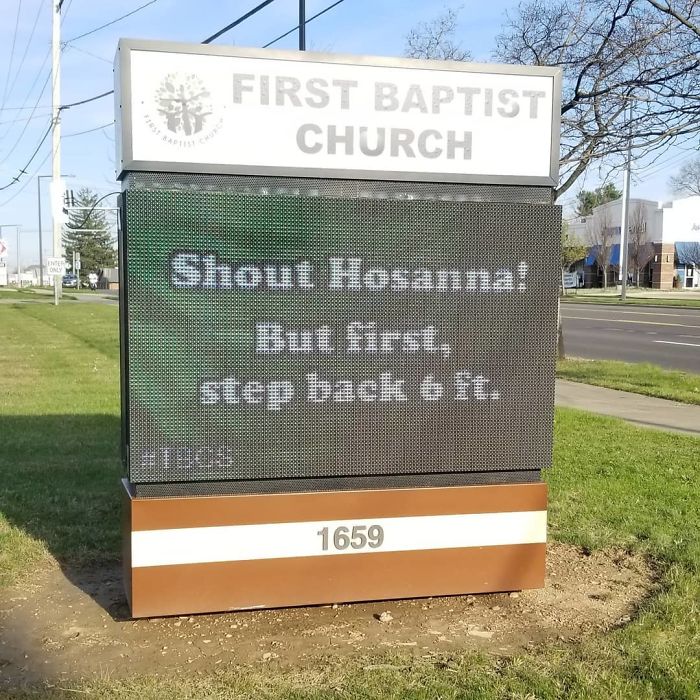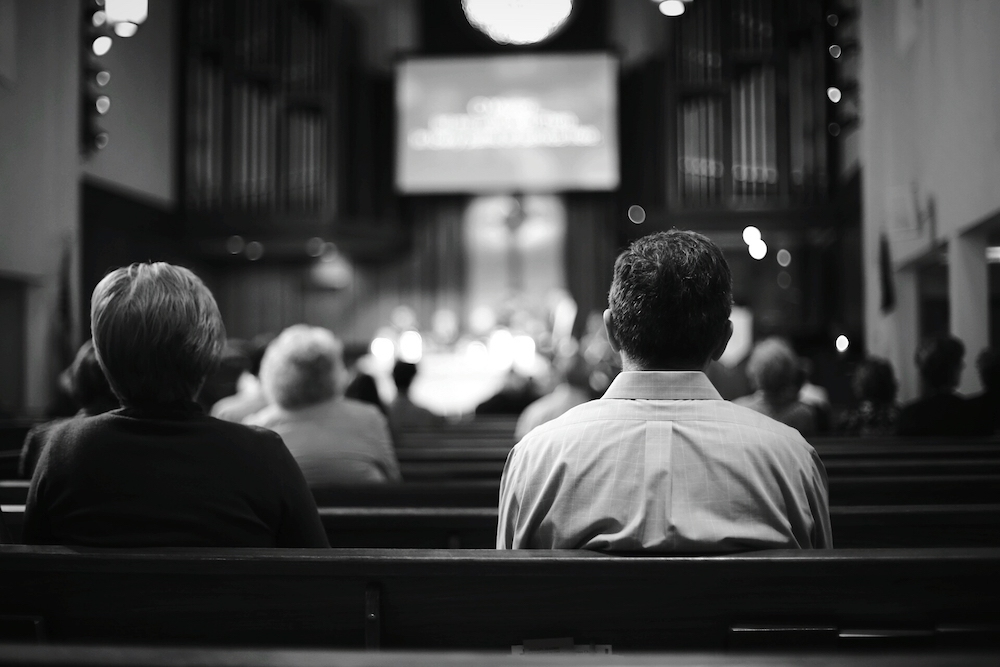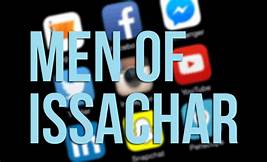
“I desire Mercy, not sacrifice…” – Jesus
I am convinced the journey of MERCY is an appropriate answer to the social unrest that we witness in our cities. Lawlessness is not an answer to lawlessness. I would argue for mercy because this journey begins in the hearts of humanity first. The etymology of mercy must begin with original languages. I begin with the Hebrew Old Testament.
To understand meaning we must first understand the trajectory of a word. Where or to whom is it pointing us toward. I would draw attention to a noun form of mercy (re’hem) and a verbal form of mercy (re’hum). The noun form is used of a mother’s womb suggesting that God’s compassionate unfailing love is upon the formation of life and the gentle care of growth. The verbal form of mercy is “merciful” implying that you and I can be merciful after the order or illustration of God’s unfailing tender love for us. There are 13 occurrences of the verbal form (re’hum) in the Old Testament that shows a trajectory of how we are to follow God’s example. Here is a list of these references: Exodus 34:6; Deuteronomy 4:31; 2 Chronicles 30:9; Nehemiah 9:17, 9:31; Psalm 78:38, 86:15, 103:8, 111:4, 112:4, 145:8; Joel 2:13; Jonah 4:2. I would strongly suggest that you first write these verses out. Highlight the referencing of “merciful” and/or “compassionate.” Write out the action that is being done and or the action being asked of us to perform. Use your responses as a prayer model between you and God.
Our journey of mercy begins with our heart and then moves to the Home. It is in the context of our home the unfailing love of God is on display. What is the current state of the home? Consider some basic changes of the home since 1970.
- Homes are bigger and family is smaller
- Home updating gone wild – we are remodeling everything
- Entertainment centers everywhere – every room has a television (Computers also)
- Our home has become a cocoon. Usually the only time you see people is when they cut their lawn
- Dinner to go – who has time to fix meals and sit with the family.
Add to this list of changes the fact 23% of children live in single parent homes in America. We lead the world in this category as of December 2019 according to Pew Research.[1]
The narrative of racial injustice is stifled if not blocked because of so much strife, struggle, and brokenness within our most important institution – the Family! Let’s be clear about a key biblical truth in Matthew 23:23. The Holy Trinity of Action – Justice, Mercy, and Faithfulness are declared to be the “WEIGHTIER” matters of community behavior. Acting out this trinity keeps us grounded and centered as citizens. When we are not in alignment with God’s words, it is extremely hard to get into an alignment with our world.
If you are going to remodel your home do these – JUSTICE, MERCY, FAITHFULNESS!
Shepherds Advantage provides Servant Leadership that helps people close the gap between where they are and where they want to be. Shepherds Advantage closes that gap by providing Leadership Development, Key Note Speaking, and Executive Coaching.
[1] https://www.pewresearch.org/fact-tank/2019/12/12/u-s-children-more-likely-than-children-in-other-countries-to-live-with-just-one-parent/ ACCESSED 4 June, 2020.







